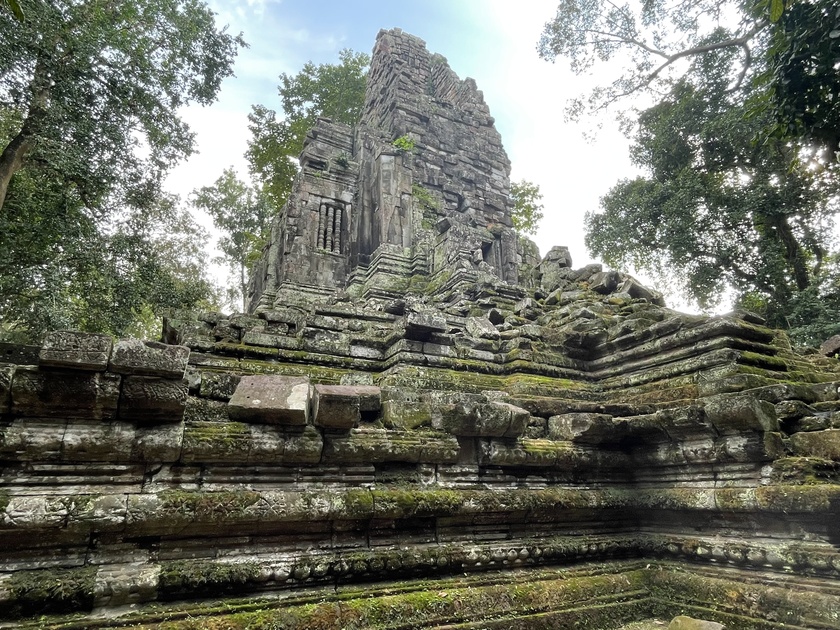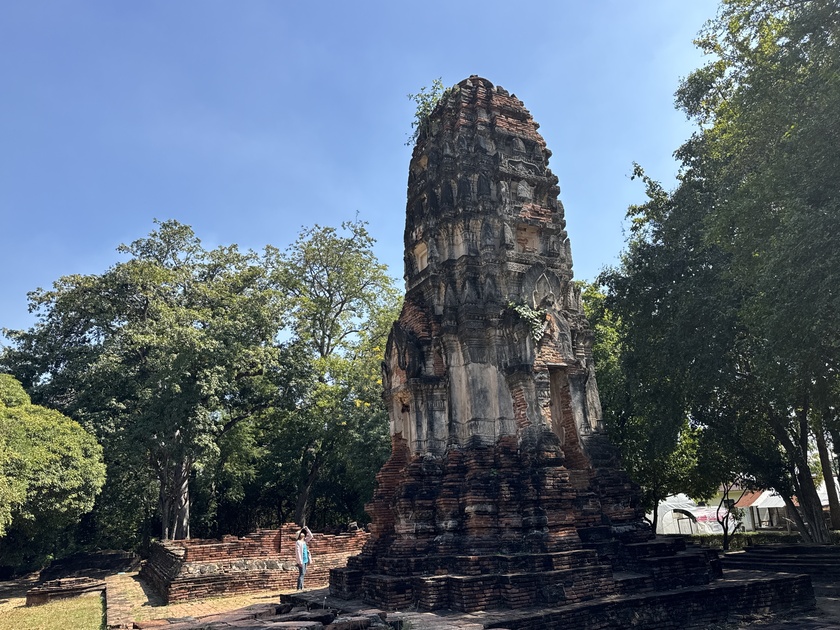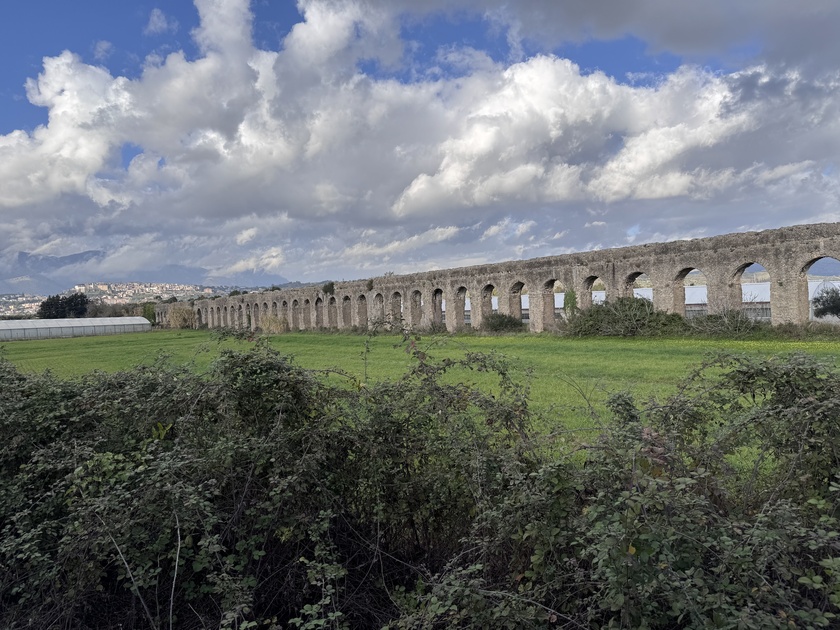Tep Pranam ប្រាសាទទេពប្រណម្យ is a temple with a giant seated Buddha, built from sandstone blocks is still worshiped here. The interior of the figure re-uses many stone blocks while the head appears somewhat later.
To the north of the Terrace of the Leper King and the Royal palace, the image is approached from the east along a 75m laterite causeway, 8m wide. This causeway ends on the west in a terrace with double sema (Buddhist boundary markers) at the corners and on the axes. The building housing the image would have been in wood, long since disappeared and was constructed on a cruciform foundation.
Preah Palilay ប្រាសាទព្រះបាលិលេយ្យ is a temple at Angkor, Cambodia. It is located in Angkor Thom, 400 m north-west of Phimeanakas. This small Buddhist sanctuary in the wooded area north of the Royal palace in Angkor Thom has a number of attractive features and is well worth the short detour.
The coexistence of Hindu and ...
Wat Som วัดส้ม
Wat Som or the Monastery of the Citrus Fruit. It is situated in the Ayutthaya Historical Park east of Khlong Chakra Yai and Somdet Phra Sri Nakharin Park (grandmothers park).
There is no record of when exactly the monastery was built. Experts do estimate it to be feom the early Ayutthaya era, somewhere around 1350 to 1488 because of the shape of its main Khmer style prang and the decorative stucco.
The prang has some of the best preserved stucco ornaments of any temple in Ayutthaya. There are highly detailed geometric patterns and a number of mythological figures like Rahu eating the moon during an eclipse. Its lintels are especially worth a look.
To the east of the prang lies the foundations of a small wihan that is down to its base. You can see what it would’ve looked like but there are no walls remaining.
According to the study of the principal pagoda, it was made from bricks and decorated with lintel and stucco reliefs. It indicates the structure revolution ...
The Roman Ruins of Ancient Minturnae at Minturno
The archaeological site of ancient Minturnae, located near the modern town of Minturno in southern Lazio, Italy, along the right bank of the Garigliano River (ancient Liris), represents a strategically vital Roman colony and port city on the Via Appia.
Originally settled by the Aurunci (or Ausones), an Italic tribe, the site was captured and destroyed by the Romans in 314 BC during the Second Samnite War, then refounded as a Roman castrum and maritime colony in 295 BC to secure control over the coastal route between Rome and Campania. Its position near the river mouth facilitated trade and naval access, making it a prosperous commercial hub.
Minturnae gained historical fame in 88 BC when the exiled general Gaius Marius hid in nearby marshes from Sulla’s pursuers before escaping by sea.
The colony was renewed under Augustus and significantly expanded by Hadrian in the 2nd century AD, with new public buildings reflecting imperial investment. The city ...
The Amphitheatre of Capua: Ancient Rome’s Second Greatest Arena and Birthplace of Spartacus’ Revolt
The Amphitheatre of Capua (Anfiteatro Campano), located in the modern town of Santa Maria Capua Vetere in Campania, Italy (about 25 km north of Naples), stands as one of the most significant Roman amphitheatres outside Rome.
Often overshadowed by the Colosseum, this structure is widely regarded as the second largest Roman amphitheatre (after the Flavian Amphitheatre in Rome) and possibly the first permanent stone amphitheatre built by the Romans, dating to the late 1st century BC with major expansions under Augustus, Hadrian, and Antoninus Pius in the 2nd century AD.
Its elliptical design—measuring approximately 170 x 140 meters—closely mirrored what would become the Colosseum, leading historians to suggest it served as a direct architectural model.
Ancient Capua, once one of Italy’s wealthiest and most influential cities (dubbed “Altera Roma” or “another Rome” by Cicero), thrived as a hub...















































